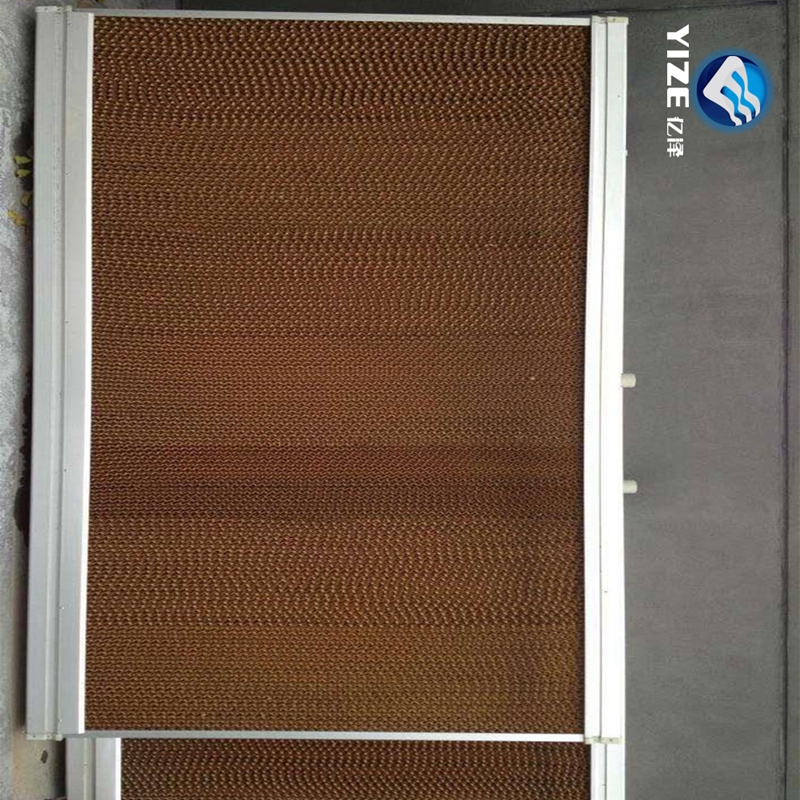Cages for Broiler Chickens and Their Impact on Welfare and Productivity
Nov . 09, 2024 04:56 Back to list
Cages for Broiler Chickens and Their Impact on Welfare and Productivity
The Impact of Broiler Chicken Cages on Poultry Farming
In recent years, the poultry industry has seen significant advancements in farming practices, particularly in the rearing of broiler chickens. These birds, known for their rapid growth and high meat yield, are primarily raised in intensive farming systems where space and efficiency are critical. One of the most controversial aspects of this system is the use of cages for broiler chickens.
The implementation of broiler chicken cages is driven by several factors, including the need to maximize space and minimize labor costs. Caging systems allow producers to house a large number of birds in a relatively small area, which can enhance productivity and operational efficiency. The controlled environment within these cages can help manage disease and ensure the health of the flock, as it minimizes the exposure to external pathogens.
However, the use of cages also raises significant animal welfare concerns. Critics argue that confining chickens to small spaces restricts their natural behaviors, such as movement, foraging, and social interactions. Broiler chickens are bred for rapid growth, and their bodies may become burdened under conditions of confinement, leading to health problems such as leg and heart disorders. The ethical implications of such confinement have led to increased public scrutiny and calls for more humane treatment of livestock.
In response to these concerns, some producers are exploring alternative methods of housing broiler chickens. Free-range systems, which allow birds to roam outside, are gaining popularity as consumers express a preference for humanely raised poultry products. While free-range operations can lead to improved animal welfare and health outcomes, they also present challenges in terms of cost and resource management. Birds raised in free-range settings may have lower growth rates and higher vulnerability to predators and disease, factors that can impact overall production efficiency.
broiler chicken cages

Furthermore, advancements in technology and agricultural practices have led to the development of enriched cage systems. These cages are designed to provide greater space and facilities for chickens, allowing for some degree of natural behavior while still maintaining some advantages of intensive farming. The use of enriched cages is seen as a compromise, balancing animal welfare with production needs.
Regulatory changes are also influencing the future of broiler chicken housing. Many countries have begun to implement stricter guidelines regarding animal welfare standards, which includes improving the living conditions for poultry. These regulations push producers to rethink traditional caging systems and consider innovations that could enhance both welfare outcomes and productivity.
Consumer awareness and demand for ethically sourced products continue to shape the landscape of poultry farming. As more people seek transparency about the origins of their food, producers are increasingly held accountable for their farming practices. The transition towards more humane alternatives is not merely a matter of evolving farmer approaches; it is driven by consumer choice.
In conclusion, the use of broiler chicken cages presents a complex set of benefits and challenges. While they can enhance efficiency and productivity, the associated animal welfare concerns cannot be overlooked. The future of broiler chicken farming may lie in striking a balance between welfare and productivity, utilizing innovative approaches that respect both the animals and the needs of the market. Continued dialogue between farmers, regulators, and consumers will be crucial in shaping a sustainable and ethical poultry industry that meets the demands of the modern marketplace.
-
Hot Sale 24 & 18 Door Rabbit Cages - Premium Breeding Solutions
NewsJul.25,2025
-
Automatic Feeding Line System Pan Feeder Nipple Drinker - Anping County Yize Metal Products Co., Ltd.
NewsJul.21,2025
-
Automatic Feeding Line System Pan Feeder Nipple Drinker - Anping County Yize Metal Products Co., Ltd.
NewsJul.21,2025
-
Automatic Feeding Line System - Anping Yize | Precision & Nipple
NewsJul.21,2025
-
Automatic Feeding Line System - Anping Yize | Precision & Nipple
NewsJul.21,2025
-
Automatic Feeding Line System-Anping County Yize Metal Products Co., Ltd.|Efficient Feed Distribution&Customized Animal Farming Solutions
NewsJul.21,2025






